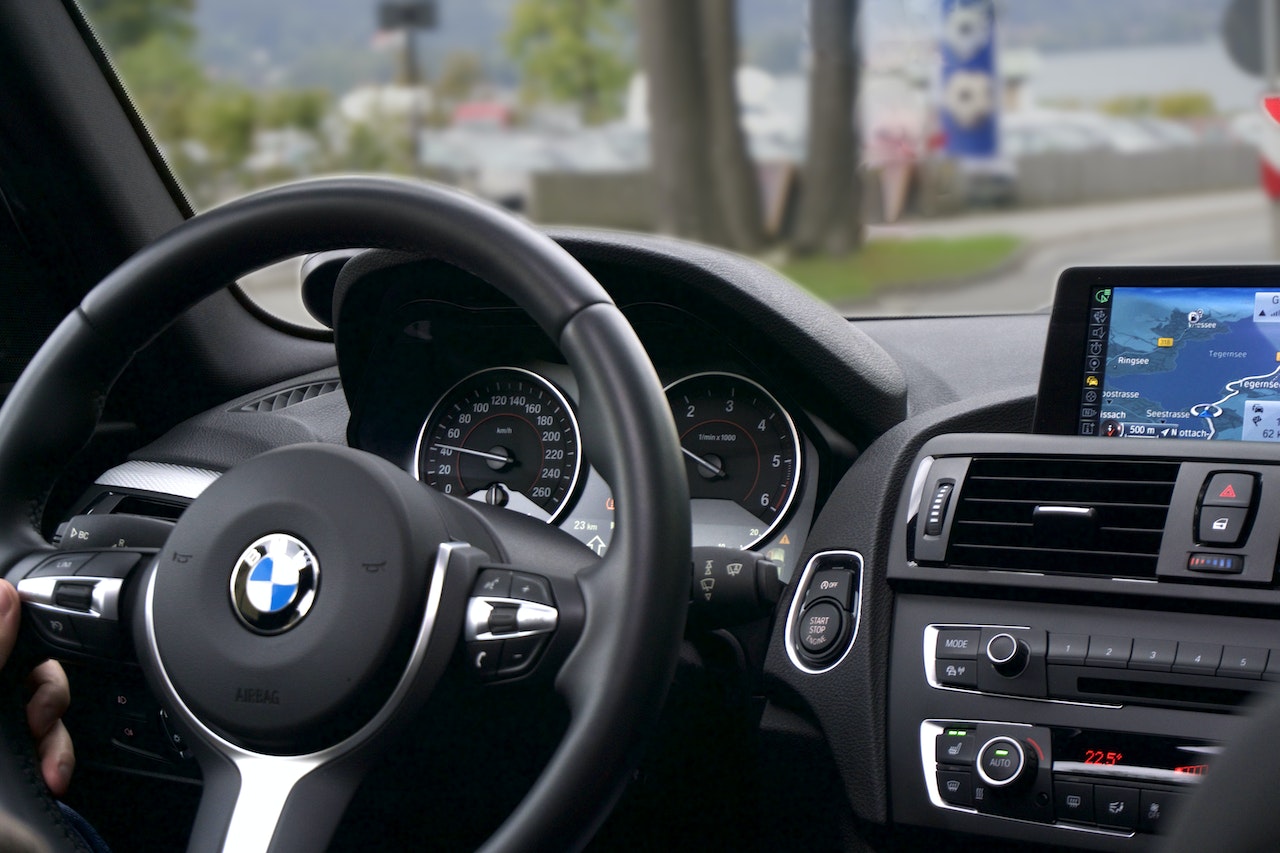
Turning your vehicle is an essential part of driving. Whether you’re making a simple turn at an intersection or navigating a winding road, knowing how to turn your vehicle properly can help you stay safe and avoid accidents. In this blog post, we’ll discuss some tips for turning your vehicle.
- Use Your Turn Signals: Using your turn signals is a crucial part of turning your vehicle. Your turn signals communicate your intention to turn or change lanes to other drivers, which can help prevent accidents. Always make sure to use your turn signals well in advance of making a turn or lane change.
- Slow Down: When you approach a turn, slow down gradually. Sudden braking can cause your vehicle to lose traction and skid. Slowing down also gives you more time to assess the road conditions and adjust your speed accordingly.
- Look Ahead: Look ahead and anticipate the turn. This will help you determine the best speed and angle for turning your vehicle. Keep an eye on the road ahead, and look for any hazards or obstacles that could affect your turn.
- Position Yourself Correctly: Position yourself correctly in your lane when making a turn. If you’re turning left, stay close to the center of the lane. If you’re turning right, stay close to the right-hand side of the lane. This will help you navigate the turn more smoothly and avoid any collisions.
- Steer Smoothly: Steer smoothly when making a turn. Avoid jerky movements or oversteering, as this can cause your vehicle to lose traction and skid. Instead, make small, controlled movements with the steering wheel to guide your vehicle through the turn.
- Accelerate Gradually: After making a turn, accelerate gradually. Sudden acceleration can cause your vehicle to lose traction and skid. Gradually accelerating also helps you maintain control of your vehicle and avoid any collisions.
- Check Your Blind Spots: Always check your blind spots before making a turn or changing lanes. This can help you avoid any collisions with other vehicles or pedestrians that may be in your blind spots.
- Be Prepared for Emergencies: No matter how well you plan, emergencies can happen. Be prepared for any emergencies that may arise when making a turn. Keep a safe distance from other vehicles, and always be alert and ready to react to any unexpected situations.
- Practice, Practice, Practice: Practice makes perfect when it comes to turning your vehicle. The more you practice turning your vehicle, the more comfortable and confident you’ll become. Find an empty parking lot or quiet road, and practice making turns at different speeds and angles.
- Take a Defensive Driving Course: Taking a defensive driving course can also help you become a better driver and improve your turning skills. Defensive driving courses teach you how to anticipate and avoid potential hazards on the road, which can help prevent accidents.
In conclusion, turning your vehicle is an essential part of driving. Following these tips can help you turn your vehicle safely and avoid accidents. Remember to use your turn signals, slow down, look ahead, position yourself correctly, steer smoothly, accelerate gradually, check your blind spots, be prepared for emergencies, practice, and consider taking a defensive driving course. Safe turning!








